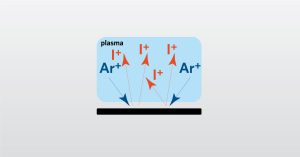
GDMS Webinar
In the full webinar we will focus on full survey chemical analysis using solid sampling high resolution GDMS.
To enable certain features and improve your experience with us, this site stores cookies on your computer. Please click Continue to provide your authorization and permanently remove this message.
To find out more, please see our privacy policy.